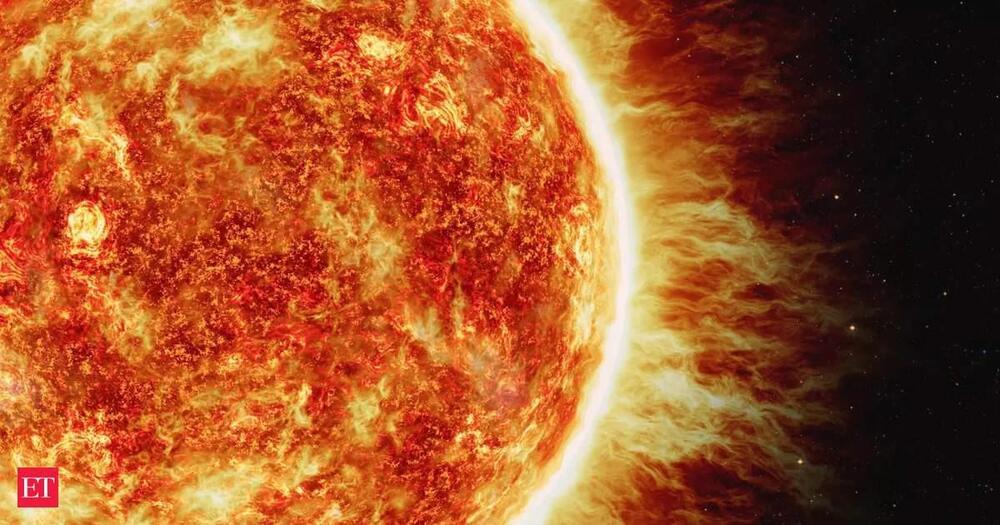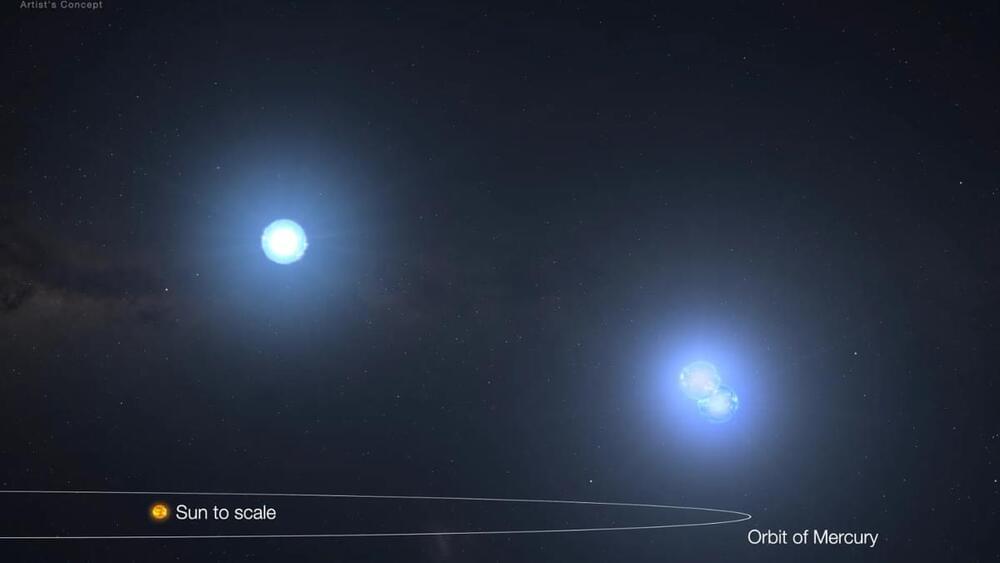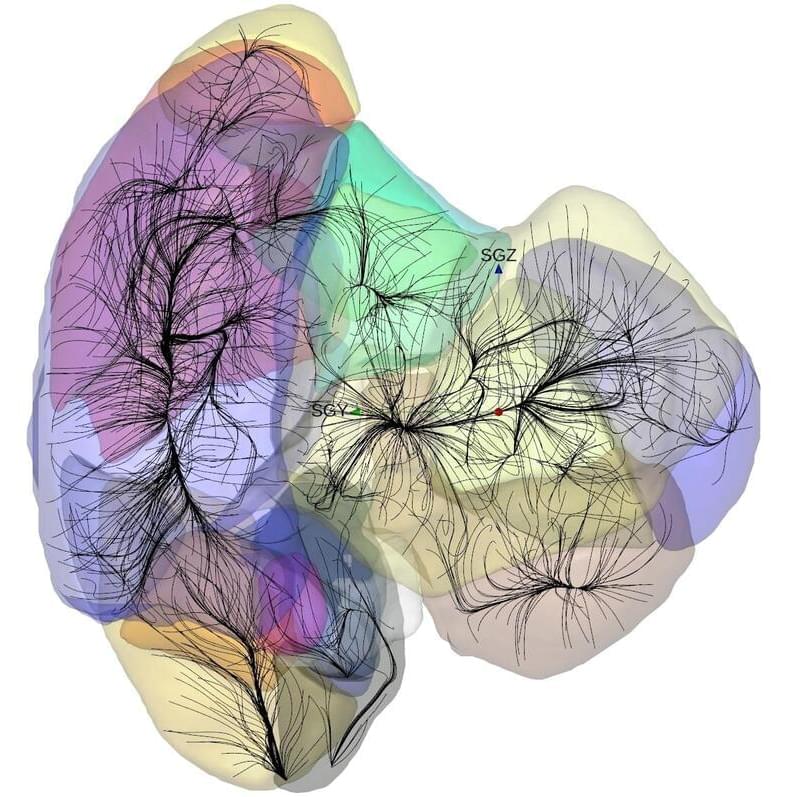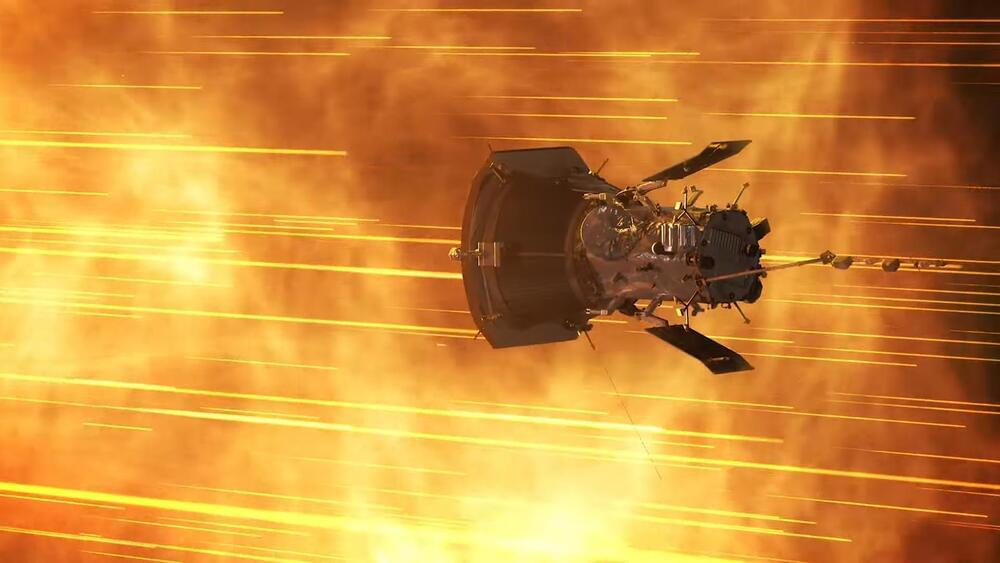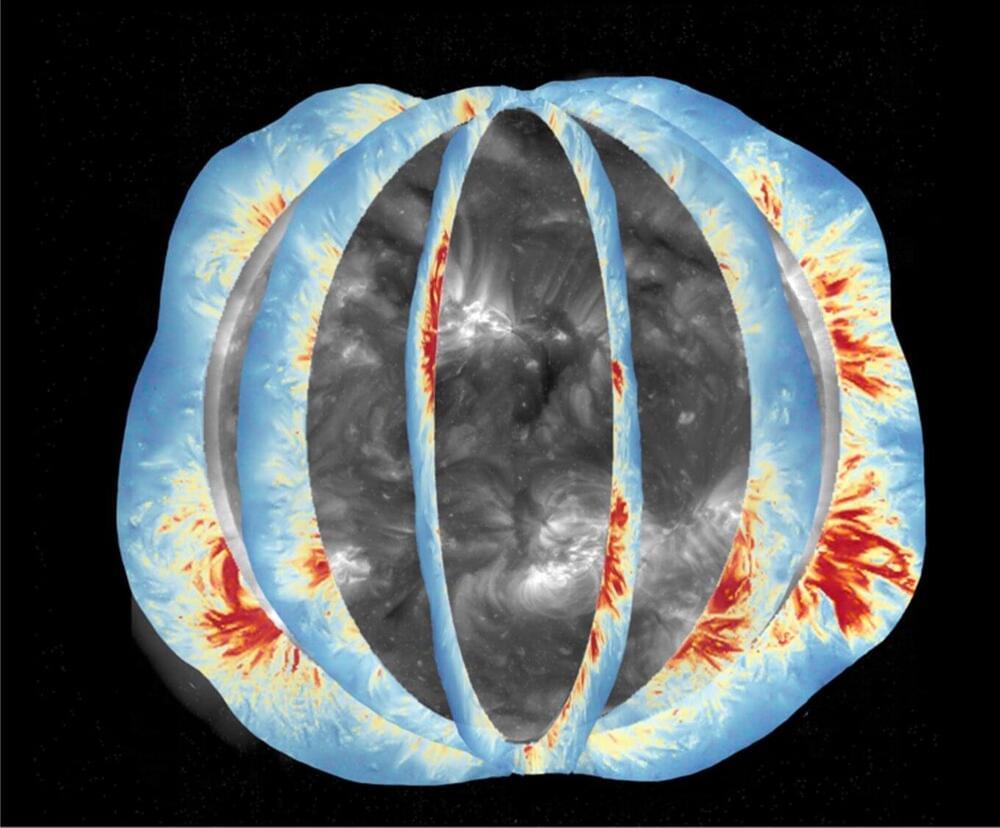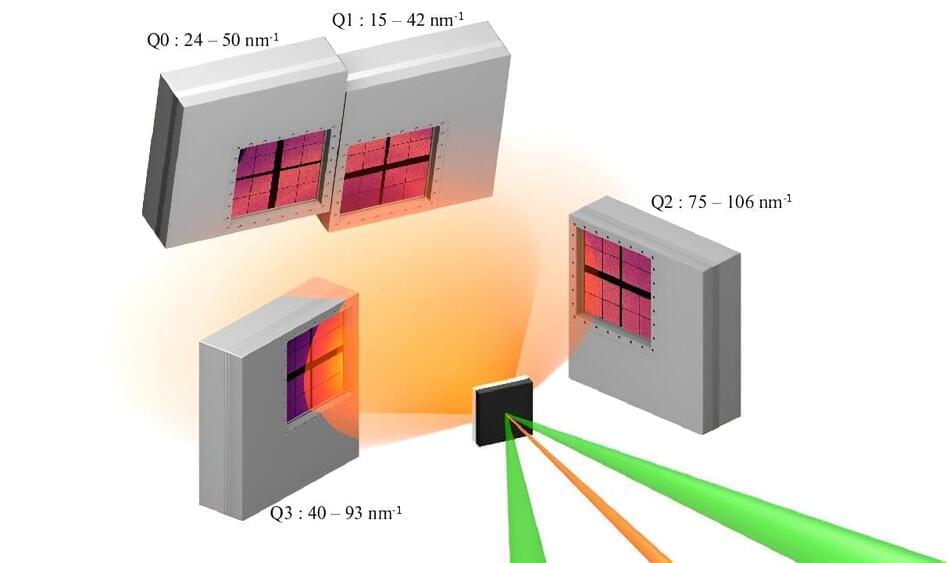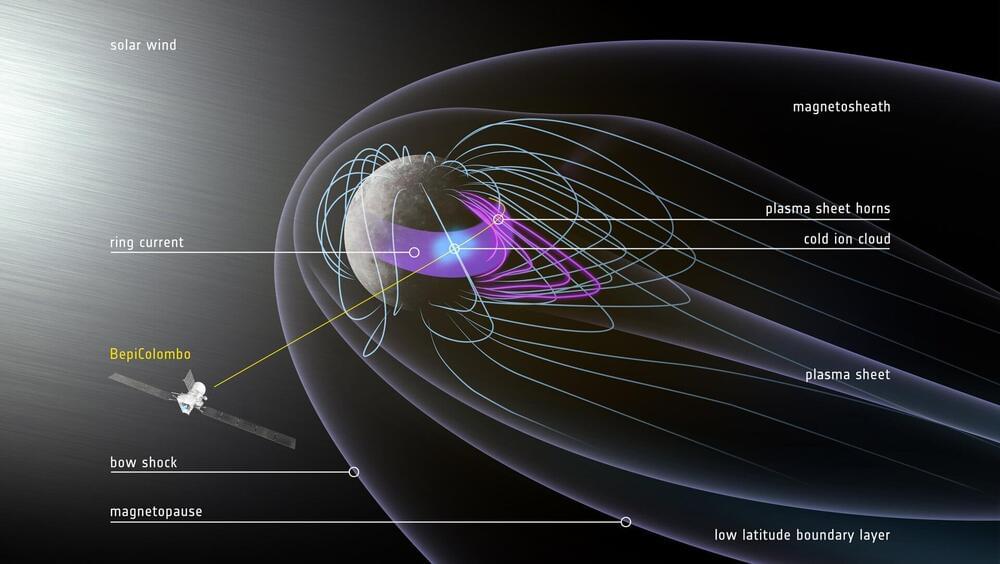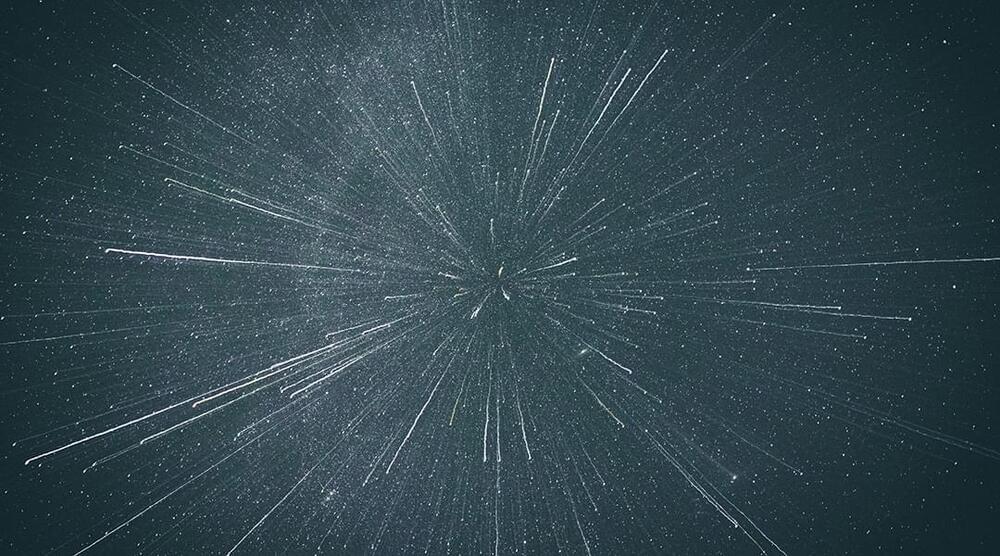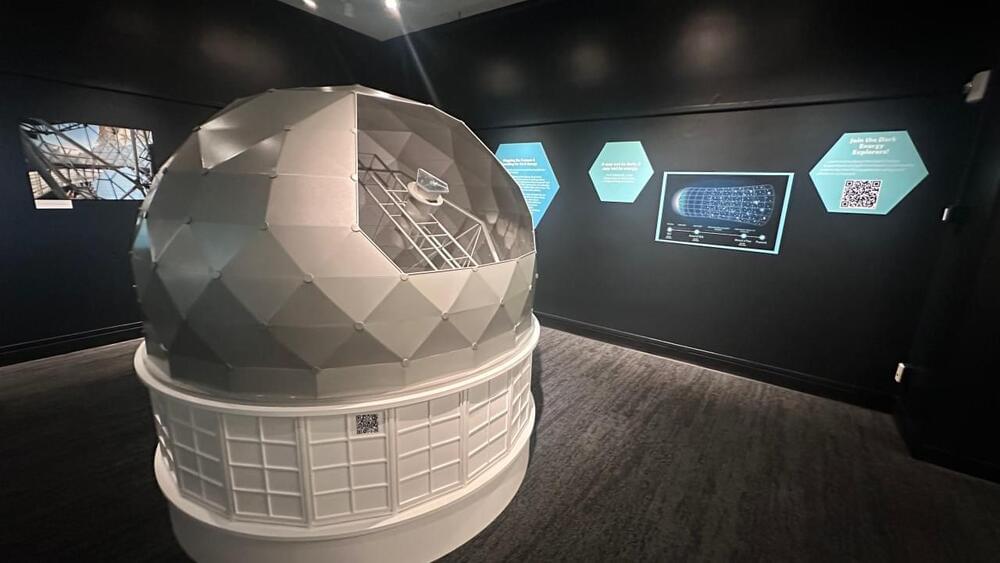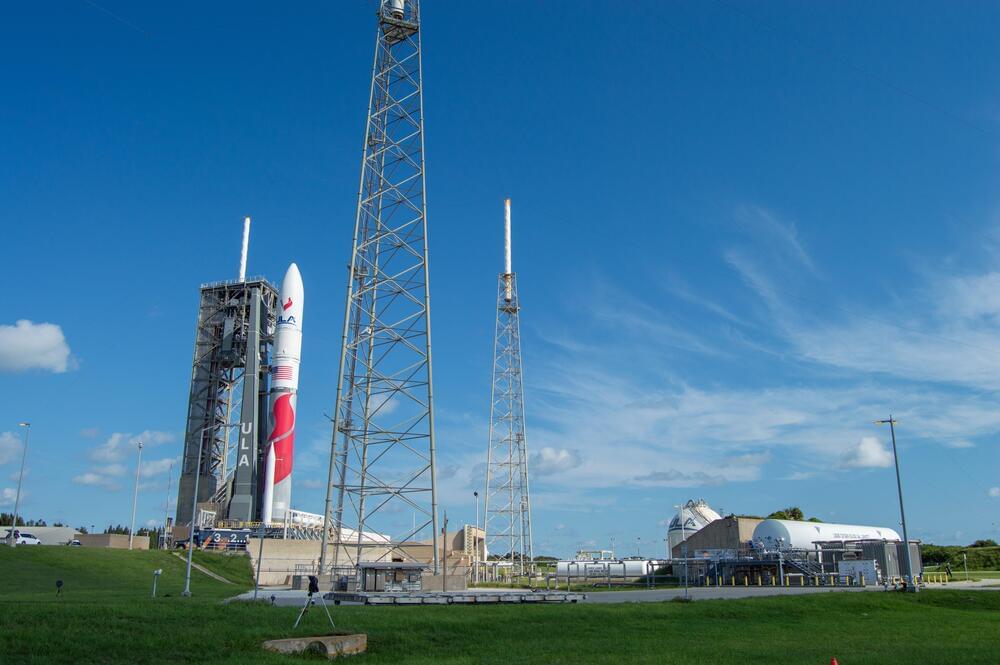Oct 6, 2024
Is India at risk? NASA predicts strongest solar storm in seven years will hit Earth; Here’s what you should know!
Posted by Genevieve Klien in categories: particle physics, space
Solar storms, characterized by sudden explosions of particles, energy, and magnetic fields from the Sun, can create disruptions in Earth’s magnetosphere. As told to NDTV, Dr. Annapurni Subramanian, Director of the Indian Institute of Astrophysics, stated, “The (solar) flare which occurred a few days ago is similar in terms of strength to the one which occurred in May.” These flares are known to produce geomagnetic storms that can result in radio blackouts and power outages on Earth.
Recent NDTV reports highlight a series of powerful solar flares emitted by the Sun, including an X7.1 flare on October 1 and an even stronger X9.0 flare on October 3. NASA captured these flares using its Solar Dynamics Observatory, emphasizing their potential to disrupt communication systems. NOAA classified the X9.0 flare as an R3-strength flare, indicating a “strong” potential for radio blackouts.
